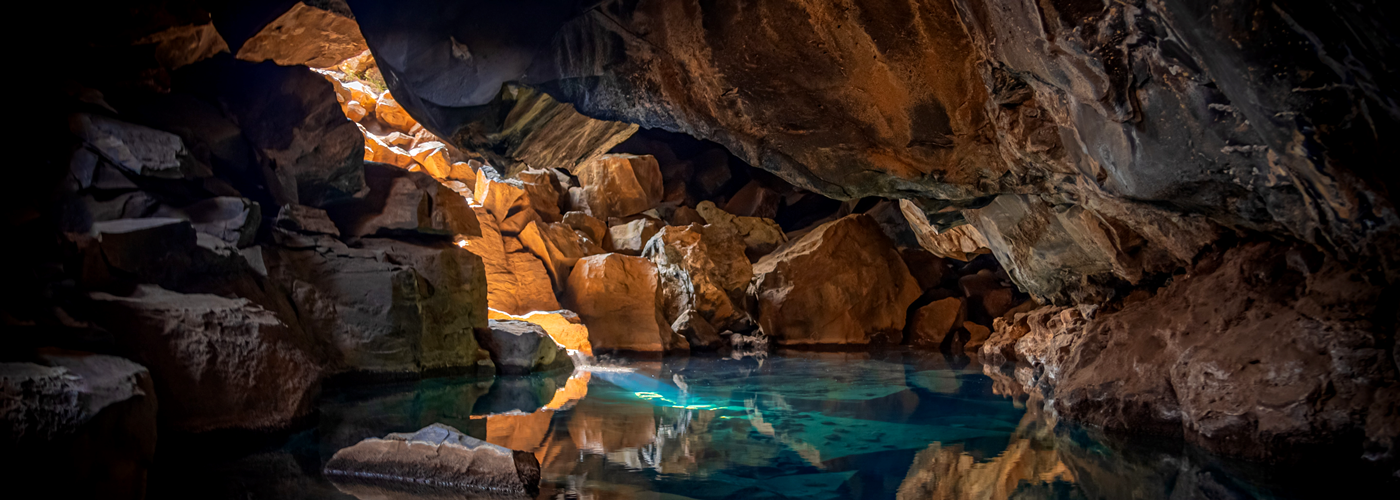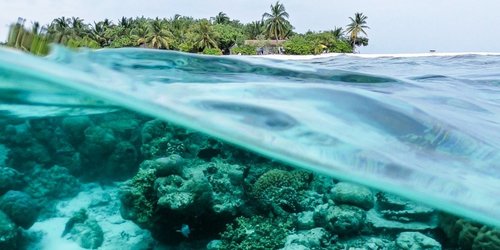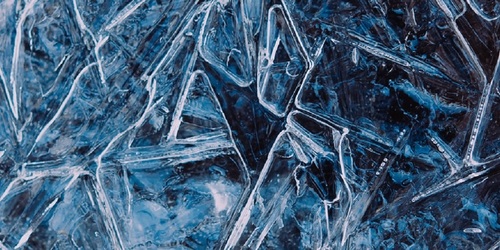

It's a vital substance to life on Earth and one that is seemingly ever-changing. From water vapor in the atmosphere, to precipitation like rain and snow, even to the water that collects in the world's oceans and freezes into glaciers, water rarely stays in one state of matter or one location for more than a few thousand years. In Antarctica's glaciers, the oldest ice there can approach one million years old. However, deep in a mine in Canada, water was recently discovered that had not seen the light of day in 1.6 billion years.
The discovery was made by a team led by Dr. Barbara Sherwood Lollar of the University of Toronto. In a base metal mine called the Kidd Creek Mine in Ontario province, the deepest such mine in the world, nearly 1.5 mi (2.4 km) underground the ancient water was found. Even in other deep mines around the world, water has been dated to ages in the millions of years range, however the Kidd Creek sample was dated to 1.6 billion years by measuring the ratios of isotopes of the noble gases helium and xenon accumulated by the water. Aside from these elements, the ancient water is also notable for having a high salt content, 10 times saltier than sea water, and for having a notable, musty smell.
An even more tantalizing ingredient in the Kidd Creek sample is the presence of chemolithotrophic microbes, or tiny microorganisms that survive on hydrogen and sulfate, similar to the life found deep in the ocean near hydrothermal vents. This was the first discovery of such life deep within continental crust. It also extends the chance that life may thrive on other planets, like Mars, far below the surface where similar ancient stores of water may still exist.






